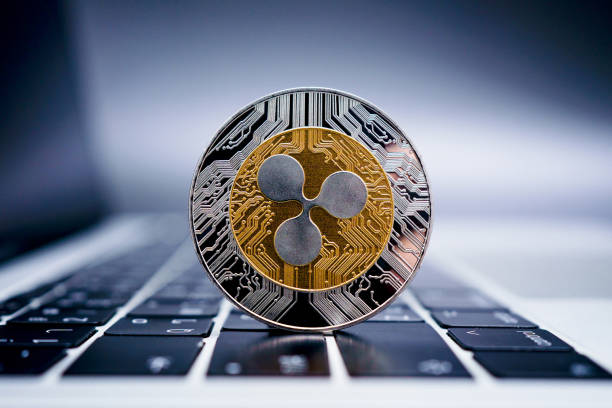XRP, the digital currency associated with Ripple, has witnessed significant price fluctuations over the years. Understanding the factors behind these movements is crucial for investors and enthusiasts alike. In this article, we will delve into the key elements that influence XRP’s price.
Market Sentiment
Market sentiment plays a vital role in determining the price of XRP. Positive news, such as new partnerships or regulatory approvals, can create a bullish sentiment among investors. For instance, when Ripple announced a major deal with a well – known financial institution, the price of XRP often experienced an upward spike. On the other hand, negative news, like regulatory crackdowns or security concerns, can lead to a bearish market sentiment. The ongoing legal battle between Ripple and the U.S. Securities and Exchange Commission (SEC) has had a substantial impact on XRP price. Uncertainty about the outcome of this lawsuit has made investors cautious, causing price drops at times.
Supply and Demand
The basic economic principle of supply and demand also affects XRP’s price. The total supply of XRP is pre – determined, but the amount available in the market can change. If there is a high demand for XRP, perhaps due to increased adoption in cross – border payments, and the supply remains relatively stable, the price is likely to rise. Conversely, if a large number of XRP holders decide to sell their coins simultaneously, the supply in the market will increase, and if the demand does not keep up, the price will fall. For example, if a major XRP whale decides to liquidate their holdings, it can flood the market and cause a price decline.
Competition
The cryptocurrency market is highly competitive, and XRP faces competition from other digital currencies, especially those that focus on payment solutions. Coins like Bitcoin, Ethereum, and Litecoin are well – established in the market and have their own user bases. If a competing cryptocurrency launches a new and improved payment feature, it may attract users away from XRP, leading to a decrease in demand and a subsequent drop in price. For example, if a rival coin offers faster transaction speeds and lower fees than XRP, it could pose a significant threat to XRP’s market share.
Macroeconomic Factors
Macroeconomic factors also have an impact on XRP’s price. Interest rates, inflation, and the overall state of the global economy can influence investor behavior. In times of economic uncertainty, investors may turn to cryptocurrencies as a hedge against traditional financial markets. If the global economy is in a recession, and traditional assets are performing poorly, some investors may allocate a portion of their funds to XRP, driving up its price. However, if central banks raise interest rates, making traditional savings accounts more attractive, investors may withdraw their money from XRP, causing the price to decline.
In conclusion, the price of XRP is influenced by a complex interplay of market sentiment, supply and demand, competition, and macroeconomic factors. By keeping a close eye on these elements, investors can make more informed decisions when it comes to trading XRP.

